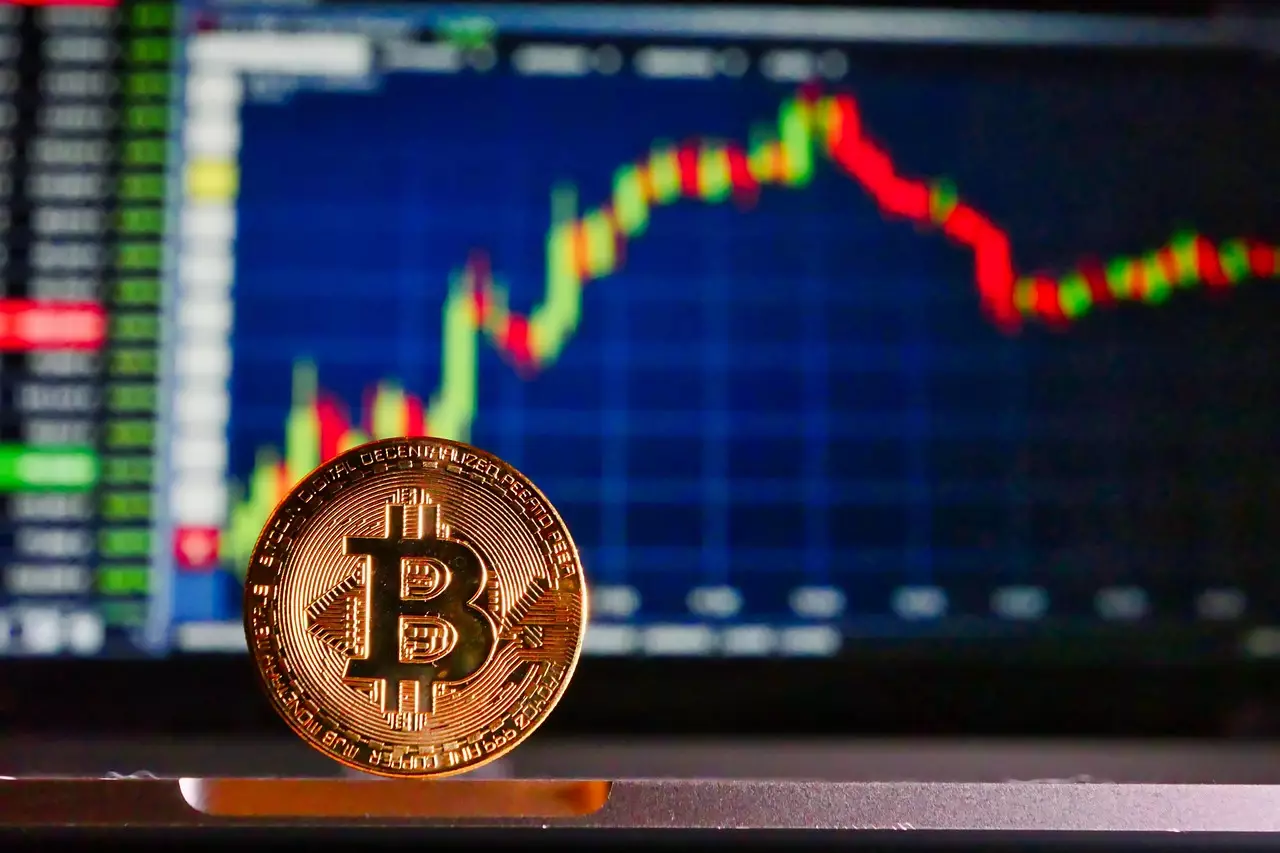For years, Bitcoin’s relentless ascent was largely driven by an insatiable U.S. demand, with Coinbase often acting as a proxy for the nation’s investment appetite. When the Coinbase Bitcoin premium—an indicator of demand from U.S. investors relative to global markets—remained positive, there was an implicit belief that institutional and retail interest in BTC was unwavering. This premium, a simple yet powerful tool, became a bellwether for the sustainability of bullish trends. Yet, recent shifts into negative territory dismantle this narrative of invincibility. It exposes an unsettling reality: U.S. demand for Bitcoin is weakening at a time when global markets are still technically buoyant. The stark dip below zero, the first since May, isn’t just a statistical anomaly but a signal that the foundations of Bitcoin’s rally are becoming shaky. This change casts doubt on the sustainability of the current rally, highlighting how much of Bitcoin’s recent growth relied on a specific geopolitical and economic environment—an environment that is now visibly retreating.
The Rising Wave of Profit-Taking and Its Implications
The recent surge past $120,000 was met with a wave of profit-taking, especially among whales and institutional players—those most capable of influencing market sentiment. Data suggests over $8 billion in realized gains during late July, echoing peaks seen in March and December 2024, confirm that large holders are cashing out at the top. This behavior isn’t random; it’s indicative of a maturing market where profits are being secured as the recent highs appear increasingly unsustainable. Such profit-taking episodes typically herald market tops or at least a significant pause, especially when synchronized with outflows from Bitcoin investment funds. The fact that Coinbase acts as custodian for the majority of these spot Bitcoin funds amplifies its centrality. When these funds, which previously inflowed capital at record levels, now record net outflows, it’s tantamount to a vote of no confidence. This shift suggests that seasoned investors are adopting a wait-and-see stance—perhaps sensing that the recent rally has lost momentum or that the market’s overextended.
Market Dynamics — Old vs. New Investors
While headline figures may point to a cooling off of institutional interest, the on-chain data reveals an increasingly nuanced picture. Notably, the dominance of new investors appears to be growing, with younger coins and fresh liquidity flowing into Bitcoin, preserving a semblance of stability amid turbulence. This diverges from previous cycles where old holder profit-taking marked the end of rally phases. The current on-chain environment, with only 30% demand/supply disparity between new and old investors—half of previous overheated levels—suggests a more tempered, sustained growth trajectory rather than a bubble about to burst. Yet, skepticism is warranted. The market’s resilience is not solely dependent on new investor inflows; it remains vulnerable to macroeconomic shifts, regulatory crackdowns, or a sudden loss of confidence among the core institutional players that are, at present, cooling off their positions.
The Political and Economic Context: A Key Driver of Demand Decay
From a center-right liberal perspective, the recent decline underscores the fragility of Bitcoin’s appeal when policymakers tighten regulations or when macroeconomic uncertainties increase. The decline of the Coinbase premium, in tandem with diminished inflows, can be interpreted as a subtle warning: the U.S. market’s shift in demand mirrors broader skepticism towards cryptocurrencies, especially amidst political debates over regulation, financial stability, and central bank policies. This isn’t necessarily a sign of doom but an opportunity for pragmatic investors to reevaluate their stance. Bitcoin’s narrative has always been intertwined with trust—trust in decentralization, in limited supply, and in the resilience of free markets. When demand from the world’s largest economy cools down, it’s a wake-up call that relying solely on institutional momentum is perilous. Instead, it invites a more measured approach, stressing the importance of economic fundamentals and realistic expectations from a market heavily influenced by policy shifts.
The Road Ahead: A Market at a Crossroads
The current landscape paints a picture of caution. A declining Coinbase premium, coupled with profit-taking among whales and a temporary pause in inflows, points to a Bitcoin market that is adjusting rather than collapsing. For investors aligned with a center-right liberal ideology, this emphasizes the importance of prudence and verification rather than blind optimism. Bitcoin remains a promising asset, but only when its growth is grounded in genuine demand, sustainable fundamentals, and cautious policy navigation. The recent price dip to approximately $115,550 is not an outright bearish signal but a reminder that markets—like democracies—flourish best with transparent, stable, and predictable conditions. Disregarding the nuanced signals of demand fatigue risks complacency, which could prove costly once macroeconomic winds shift once again.

